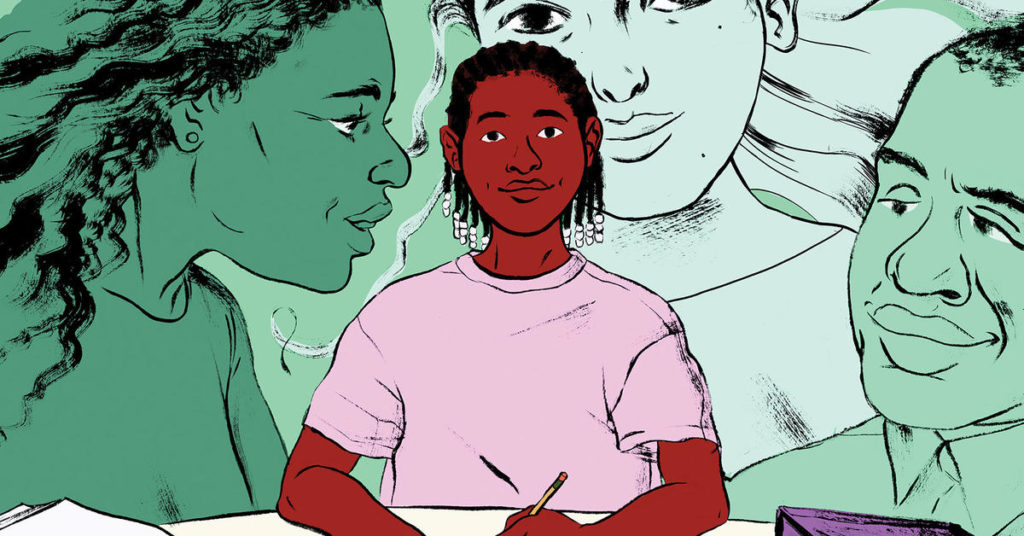Senator Teresa Ruiz, chair of the Senate Education Committee, just introduced a series of bills to address the lack of teacher diversity in New Jersey.
“During our hearing on teacher diversity, we heard from countless educators and advocates on the challenges that prevent aspiring teachers of color from gaining their certification and current teachers of color from remaining in their positions,” said Ruiz. “They brought forth numerous factors contributing to the jarring fact that roughly one in 163,000 students in the state never see a classroom leader of color during their time in school. This bill package represents a comprehensive approach to addressing those issues, improving our pathways to certification and fostering more inclusive professional environments to help ensure our educators reflect the diversity we see in our classrooms and our communities.”
A new report from TNTP, “A Broken Pipeline: Teacher Preparation’s Diversity Problem,” backs up Ruiz’s concerns, noting that “our national reckoning with racial injustice has sparked long-overdue conversations about how our education and other systems have historically failed people of color, along with urgent calls to improve them. Closing the teacher diversity gap is one of the most important steps we could take to make public education more equitable.”
While the issue is complex, much rests on the lack of diversity in teacher preparation colleges which “are even less diverse than their universities overall.” TNTP calls this the “teacher prep diversity gap.”
New Jersey is no exception: according to TNTP data, 67.2% of New Jersey public school teachers are white but only 43.6% of students are.
Senator Troy Singleton, who co-sponsored two of the bills (S.2829 and S.2830), said,
It’s a simple fact – representation matters. We need diverse role models for Black and Brown children to look up to, and this includes teachers.The importance of these kids seeing someone who looks like them not only in leadership positions but leading their classrooms cannot be overstated. Not only does it improve the quality of education for all students, but it opens the horizons for minority students and expands their perspective on what they can achieve.
Here are the bills:
S.2825 would establish a loan redemption program for certain bilingual education teachers.
S.2826 would require the State Board of Education to establish procedures for the issuance of a limited certificate of eligibility for certain teacher candidates. Following two effective or highly effective evaluations, the teacher would be eligible for a standard instructional certificate.
S.2827 would require teachers to biennially complete two hours of professional development related to cultural competency. The instruction would include personal and interpersonal awareness and sensitivities, acts of microaggression in the classroom, and implicit bias.
S.2828 would require the Department of Education to develop a credential that would introduce teachers to culturally responsive teaching practices, characteristics, and methods.
S.2829 would establish the “Male Teachers of Color Mentorship Pilot Program” and appropriate $50,000 to fund the program.
S.2830 would require educator preparation programs to report passing rates of students who complete certain tests and to disseminate information on test fee waiver programs. The bill would also permit the collection of a student fee for certain testing costs.
S.2833 would establish the teacher apprenticeship program.
S.2834 would mandate training on culturally responsive teaching for all candidates for a teaching certification.
S.2835 would require the compilation of data and the issuance of an annual report on the teacher workforce, including the number of vacant positions, new positions, eliminated positions, and anticipated retirements.


